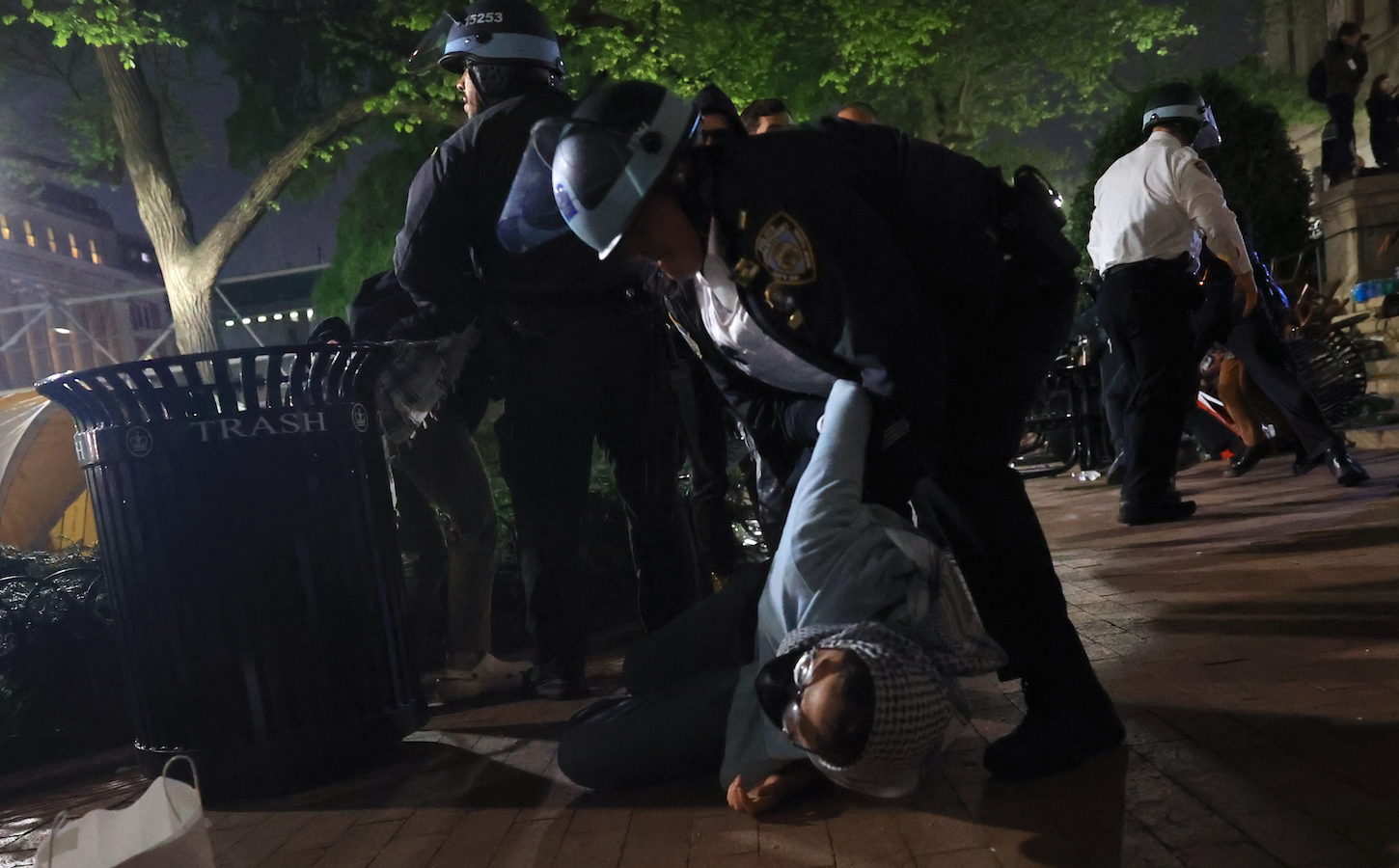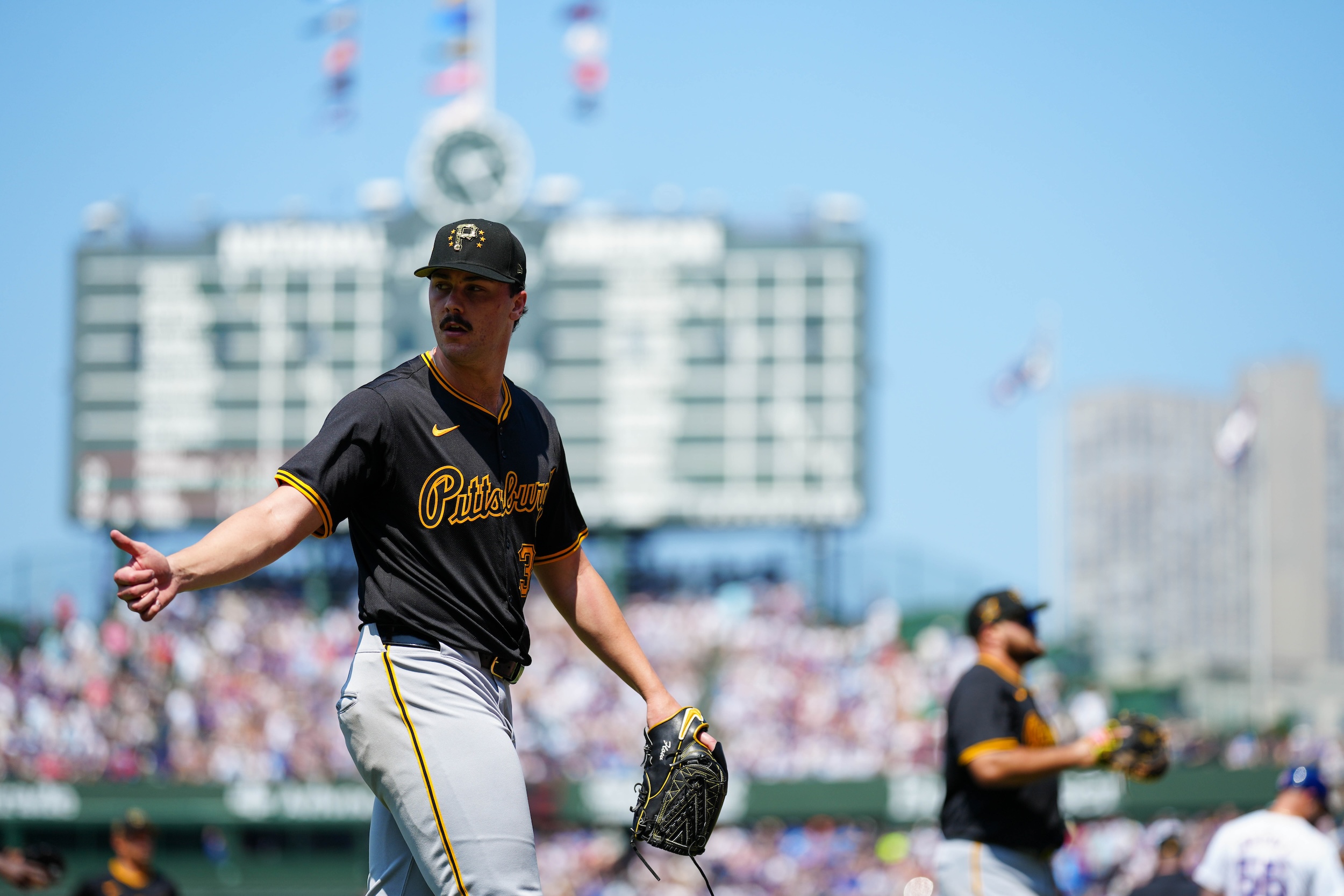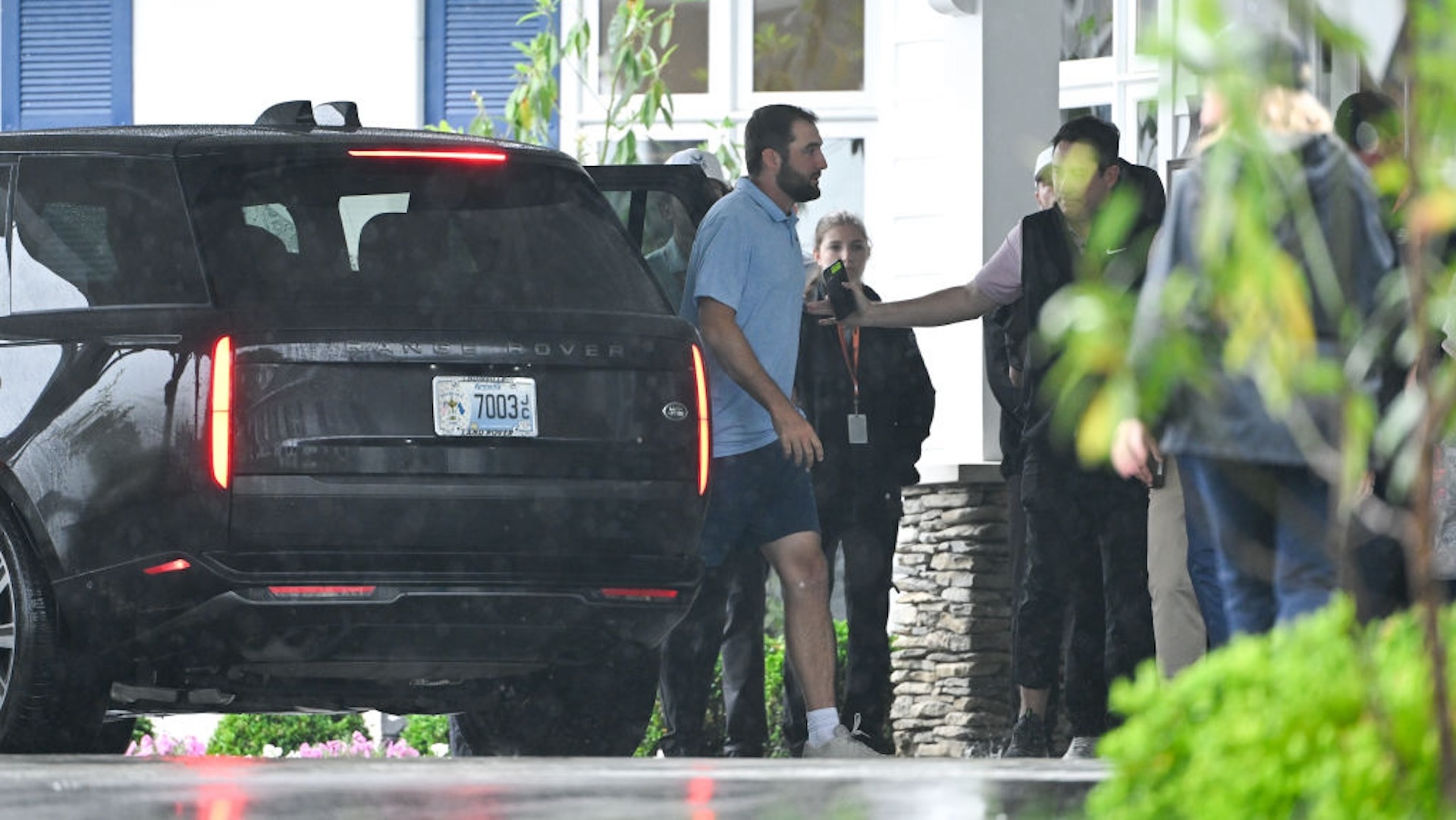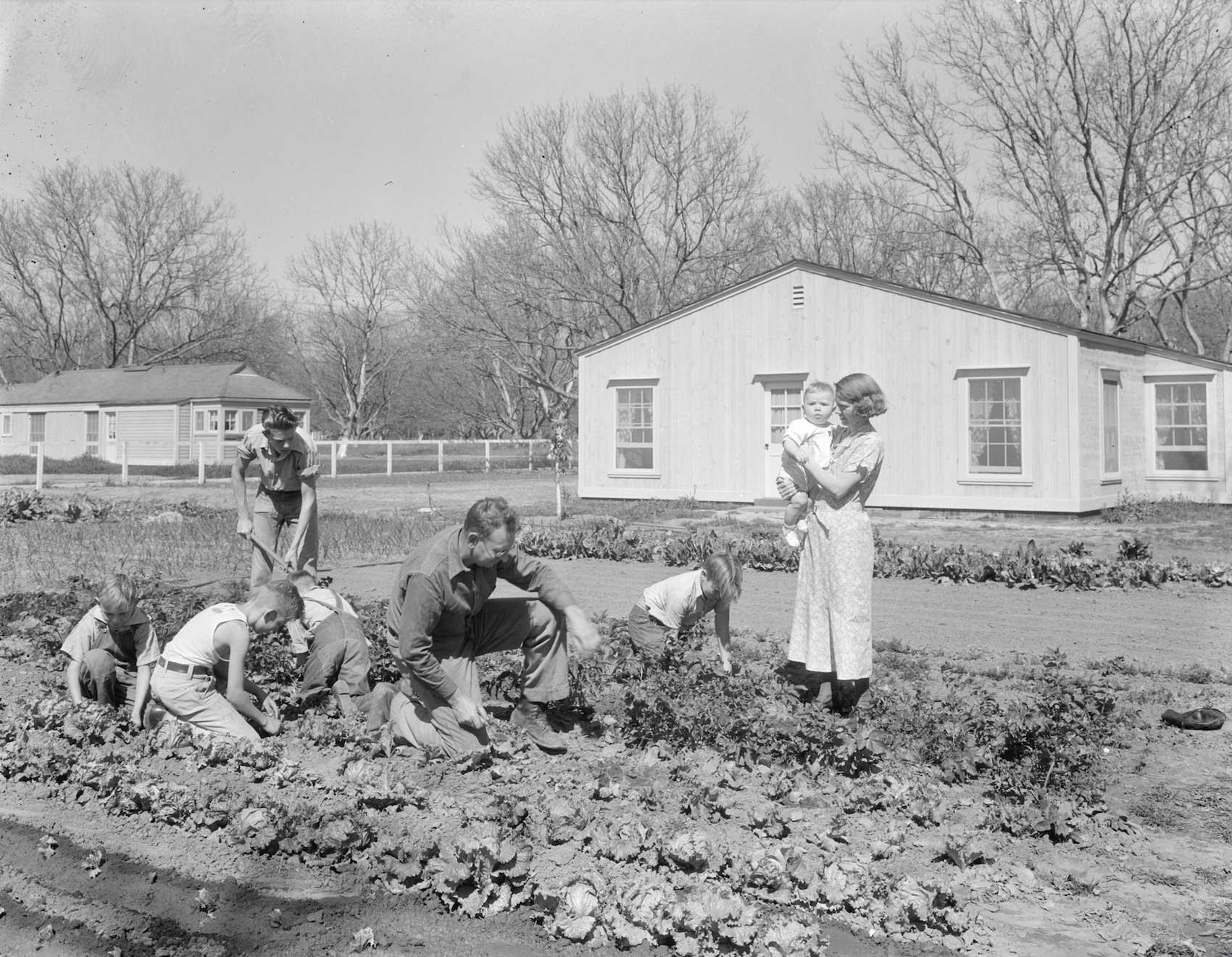Welcome to Margin of Error, a politics column from Tom Scocca, editor of the Indignity newsletter, examining the apocalyptic politics and coverage of Campaign 2024.
Thursday evening, three days after the Columbia University administration invited the New York Police Department to storm Hamilton Hall and arrest the protesters occupying it, The City reported that one officer had fired a gun inside the building during the raid. In a highlight reel of the action that the NYPD had released, The City noted, police had their guns drawn, and the footage also showed them throwing stun grenades at the students.
Earlier in the week, the morning after the raid, the New York Times had informed its readers that "the protest ended more peaceably than the one in 1968." This was true, as far as it went; the 1968 showdown spanned multiple buildings and ended in an open-air police assault; more than 700 people were arrested and 100 injured.
But the Times didn't know about the gunfire. After remarking on the relative peaceability of Monday's events, the Times went on to mention that police were "blocking most from viewing the raid," and that it was "unclear what had happened outside the building." It also acknowledged "initial reports of some police violence against students just outside the building that could not immediately be verified"—with the link leading to the Columbia Spectator's firsthand reporting that "officers threw protesters to the floor and slammed into them with metal barricades."
The Spectator had also watched the NYPD promotional reel and noticed the drawn guns. But where the student reporters were trying to cross-check and expand their understanding of what had just happened around them, the Times was airily yet ponderously setting down its draft of history. While the police were better behaved than in 1968, the paper wrote,
the students’ tactics were the same: By escalating their protest to the point where the university was unable to function, students forced the hand of administrators, who brought in the police to arrest them.
New York Times
In fact, the tactics of the students in 1968 had included seizing multiple buildings and holding a dean hostage. To claim that the students in 2024 had "forced the hand" of administrators was to grant an untested, and pretty clearly false, premise—administrators at Northwestern and Brown this week reached agreements with demonstrators. But the Times and the people running Columbia and other universities, from coast to coast, had committed themselves to a story, even if the story might have a live bullet at the end of it.
The story depends on two contradictory but interlocking ideas: What the students are doing is intolerable, yet none of these events are serious. From the very beginning, when Columbia chose to preemptively ban its two leading pro-Palestinian student groups, there was no recognition that an obviously discriminatory action carried any real weight. The university was putting on a show, to impress Congress and the donors and the press that the rising moral panic against Gaza protests was being taken seriously. Not seriously-seriously, really, but with the forms of seriousness, and with declarations that the unruly students and faculty would be put back in their places.
Everything was mannerist, a pose of actionlike behavior to be struck, right through the canceled classes, the lockdowns, and the police raids. According to the official account of the gunfire in Hamilton Hall, an officer accidentally shot off the bullet while using a flashlight mounted on the weapon—charging into a building of nonviolent students with the rig from the Osama bin Laden raid. At City College, the cops staged an Iwo Jima photo opportunity, replacing an unauthorized Palestine flag on a campus flagpole with Old Glory. "The latest campus battleground is the flagpole," the Times liveblog of the protests declared.
At the time, the real latest campus battleground was UCLA, where a mob of apparently well-funded pro-war counter-demonstrators had attacked the protest encampment, beating students and shooting fireworks at them. "Classes Are Canceled at U.C.L.A. After 2 Protesting Groups Clash," the Times headline put it. In response to the attack on the encampment, the university sent the police to clear out the original protesters, with gas and barrages of rubber bullets.
The haunting thing about each burst of brutality has been the way that nobody behind the crackdown really seems sincerely invested in what they're doing, or to believe they might have to account for the nonexistence of outside agitators or the difference between a bicycle lock and a professional-grade terrorist implement. Sen. Tom Cotton didn't mean a word of his rant about "little Gazas" full of people "violently and illegally demanding death for Israel." Cotton knows the students aren't harming anyone, but he also knows that the public he's cultivated enjoys hearing stories about fear and retribution.
The actual violence doesn't seem to register with the people making decisions. Friday morning, the day after the news of the police gunfire at Columba, NYU and the New School called in the selfsame NYPD to clear their protest encampments. The universities knew about the danger, and they didn't care.
What the students are learning, on the receiving end of this, is where they truly stand. Decades of fulmination about the smug privilege of spoiled young people and their ivory-tower elite professors have come down to bludgeons and tear gas on the students, and riot police slamming faculty members down on the hard surface of the supposedly coddling campus. These tyrannically sensitive college kids, the budding Cultural Revolutionaries of centrist and liberal complaint, are caught up in the only lesson about privilege that matters: who's on the underside when the boot comes down.





